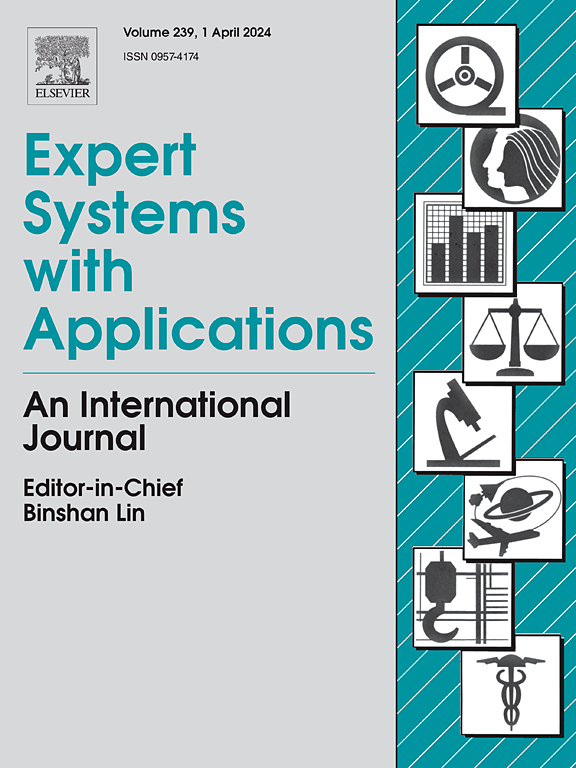LSBT-Net: A lightweight framework for fault diagnosis of bearings based on an interpretable spatial-temporal model
IF 7.5
1区 计算机科学
Q1 COMPUTER SCIENCE, ARTIFICIAL INTELLIGENCE
引用次数: 0
Abstract
Intelligent fault diagnosis based on deep learning has emerged as a research focus in mechanical equipment due to its adaptive feature extraction capability. However, current models struggle with low accuracy, high computational costs, and poor interpretability when detecting faults in insulated bearings. To address these challenges, this paper proposes a novel lightweight spatiotemporal model-based intelligent diagnostic framework, named LSBT-Net, which aims to identify motor insulating bearing faults in practical engineering applications more accurately. Specifically, this research breaks the conventional thinking of “learning fault data feature information” by innovatively developing a spatiotemporal information fusion module. This module is cleverly integrated into the LSBT-Net framework, enabling the extraction of both local and global high-dimensional fault feature information from insulating bearings. At the same time, based on a lightweight design, it significantly reduces the total number of parameters and computational resources required by the framework, thus lowering its computational complexity. The t-SNE algorithm is introduced into the LSBT-Net framework to achieve local or global interpretability. Furthermore, by calculating the gradient information of the LSBT-Net framework on the fault types of insulating bearings through backpropagation, the interpretability of the framework with respect to the physical information is enhanced. Using insulating bearings and typical fault experiments as examples, the LSBT-Net framework demonstrates excellent diagnostic capability and generalization performance compared to other advanced methods.
lbt - net:基于可解释时空模型的轴承故障诊断轻量级框架
基于深度学习的智能故障诊断因其自适应特征提取能力而成为机械设备领域的研究热点。然而,目前的模型在检测绝缘轴承故障时存在精度低、计算成本高和可解释性差的问题。为了解决这些问题,本文提出了一种新的基于时空模型的轻型智能诊断框架lbt - net,旨在更准确地识别实际工程应用中的电机绝缘轴承故障。具体而言,本研究突破了“学习故障数据特征信息”的传统思路,创新开发了时空信息融合模块。该模块巧妙地集成到lbt - net框架中,能够从绝缘轴承中提取局部和全局高维故障特征信息。同时,基于轻量化设计,大大减少了框架所需的参数总数和计算资源,从而降低了框架的计算复杂度。在lbt - net框架中引入了t-SNE算法,以实现局部或全局可解释性。此外,通过反向传播计算lbt - net框架对绝缘轴承故障类型的梯度信息,增强了框架相对于物理信息的可解释性。以绝缘轴承和典型故障实验为例,与其他先进方法相比,lbt - net框架具有出色的诊断能力和泛化性能。
本文章由计算机程序翻译,如有差异,请以英文原文为准。
求助全文
约1分钟内获得全文
求助全文
来源期刊

Expert Systems with Applications
工程技术-工程:电子与电气
CiteScore
13.80
自引率
10.60%
发文量
2045
审稿时长
8.7 months
期刊介绍:
Expert Systems With Applications is an international journal dedicated to the exchange of information on expert and intelligent systems used globally in industry, government, and universities. The journal emphasizes original papers covering the design, development, testing, implementation, and management of these systems, offering practical guidelines. It spans various sectors such as finance, engineering, marketing, law, project management, information management, medicine, and more. The journal also welcomes papers on multi-agent systems, knowledge management, neural networks, knowledge discovery, data mining, and other related areas, excluding applications to military/defense systems.
 求助内容:
求助内容: 应助结果提醒方式:
应助结果提醒方式:


